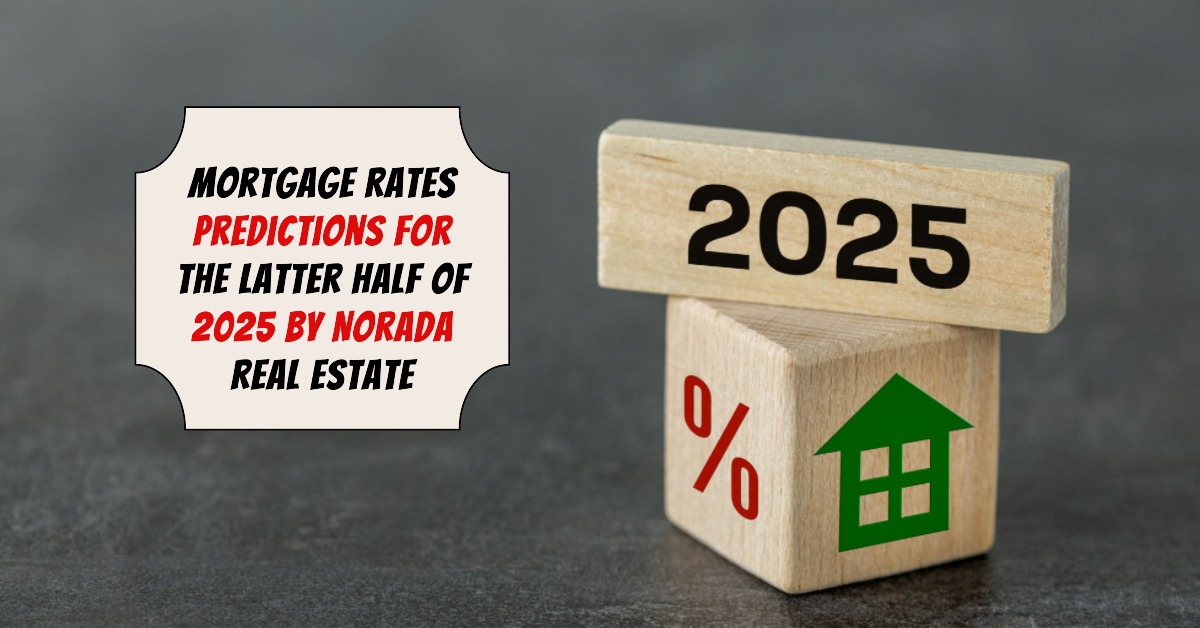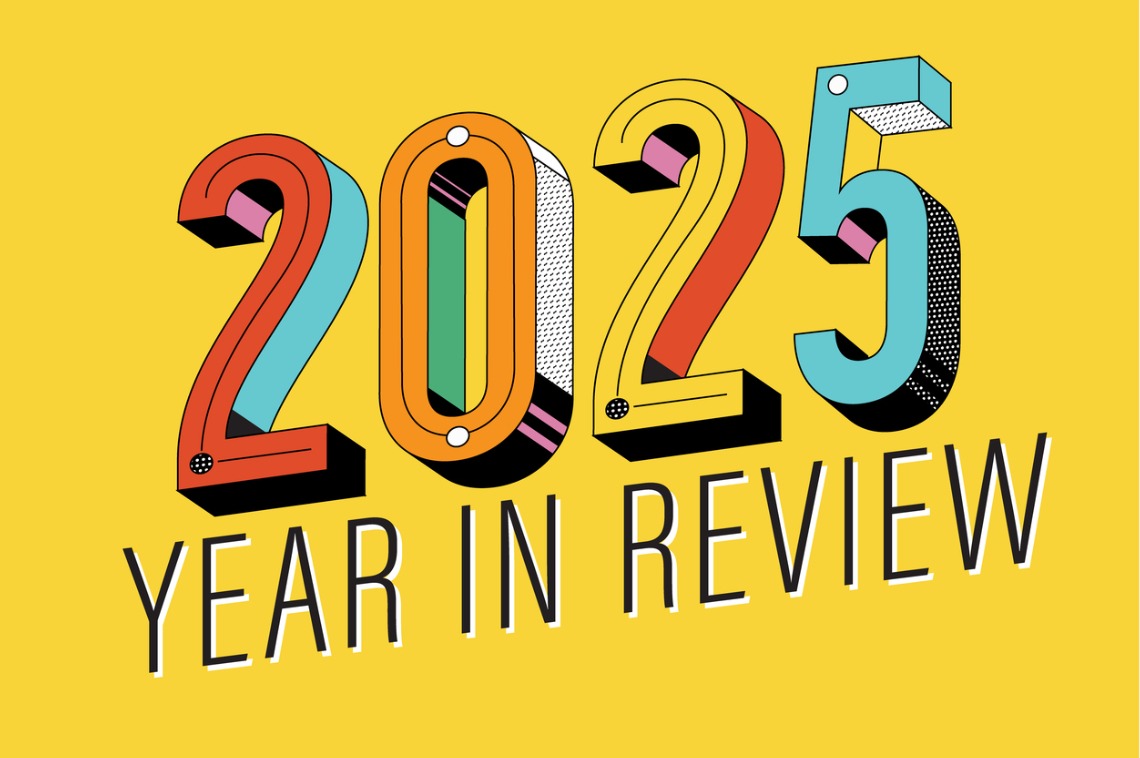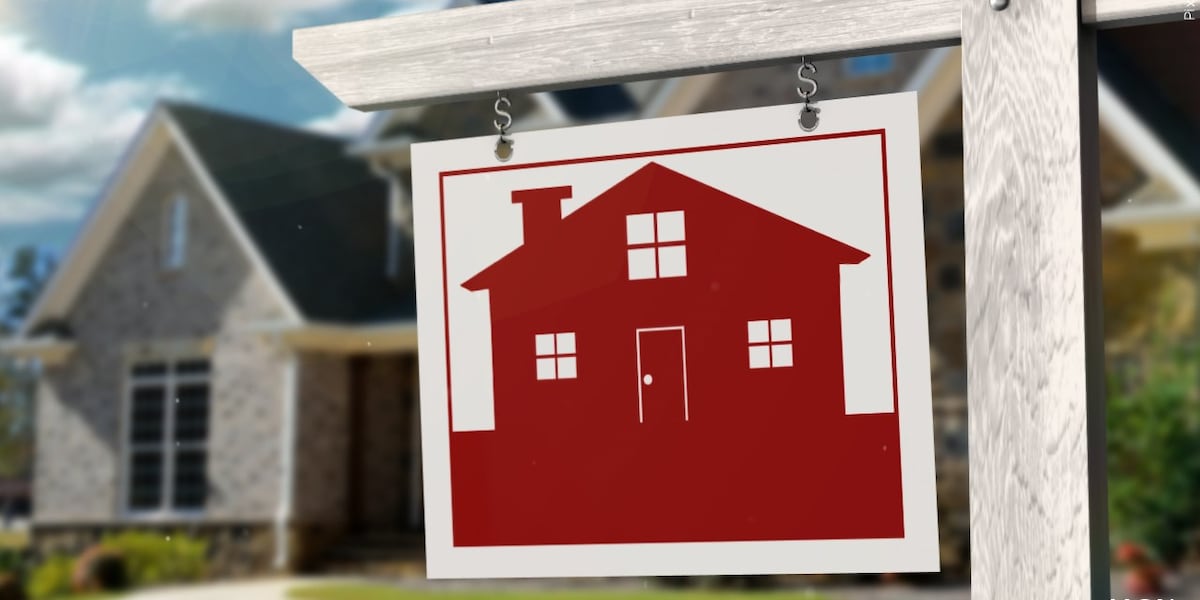A
s we enter the second half of 2025, one question on everyone's mind is: what's next for mortgage rates? At Norada Real Estate Investments, we believe that a gradual cooling of mortgage rates is likely, with 30-year fixed rates settling in the 6.3% to 6.5% range by year's end, provided the Federal Reserve continues its anticipated rate cuts.
For over two decades, I've been helping people build wealth through real estate, particularly with turnkey rental properties in high-growth areas. Mortgage rates have a significant impact on both buyers and investors. Seeing rates hover around 6.5% as of late August 2025 feels like a step in the right direction, but the path forward isn't entirely clear-cut.
We've gathered insights from reputable sources like Fannie Mae, the National Association of Realtors (NAR), and the Mortgage Bankers Association (MBA). Our analysis suggests that mortgage rates are closely tied to the 10-year Treasury yield, which has been fluctuating around 4.2% to 4.5%. This balancing act is influencing the current rate environment.
Historically, the average mortgage rate between 1971 and 2025 has been around 7.71%. While today's rates aren't sky-high in this context, they can still feel like a stretch after experiencing historically low rates. Savvy investors are finding opportunities where rental income can still comfortably cover borrowing costs.
Key factors influencing mortgage rates include the Federal Reserve's game plan, inflation cooling down, and jobs and economic growth. The Fed's target interest rate has a significant impact on mortgage rates, with some experts suggesting one or two rate cuts could happen at the September meeting. Inflation is also a major factor, with the Consumer Price Index (CPI) running at 2.7% year-over-year in July.
Our forecast suggests that the average 30-year FRM will likely hover between 6.4% and 6.6% in the third quarter, dipping to 6.3% to 6.5% by year's end. This hinges on the Fed making one or two rate cuts, inflation continuing to cool down, and no major unexpected economic shocks.
While the general trend seems to be downward, there are potential risks and opportunities to consider. The "lock-in effect" could keep the supply of homes for sale tighter than it otherwise would be, impacting the market. However, for real estate investors, rates around 6.5% can still be attractive in markets where rental income yields are strong.
Navigating these potential rate changes requires a strategic approach. For homebuyers, locking in a rate below 6.5% might be wise if you qualify. Sellers may benefit from timing their listing for the fourth quarter if rates do dip. Those looking to refinance should keep a close eye on the market, and investors should focus on properties in stable markets with strong job growth.
In summary, while the real estate market always has its complexities, the outlook for mortgage rates through the remainder of 2025 suggests a gradual easing. Staying informed and making strategic decisions based on solid data and expert advice will be crucial for success.













